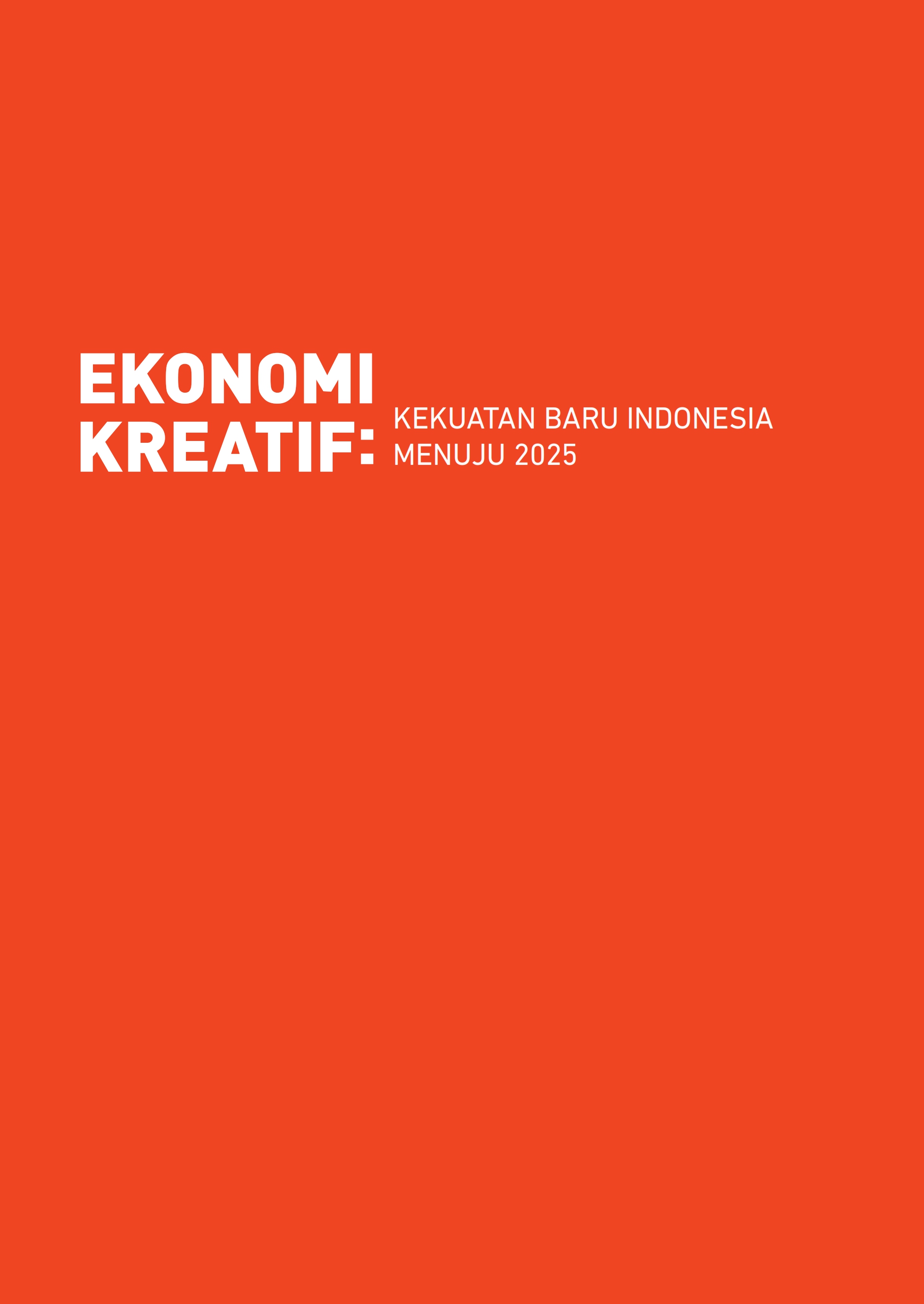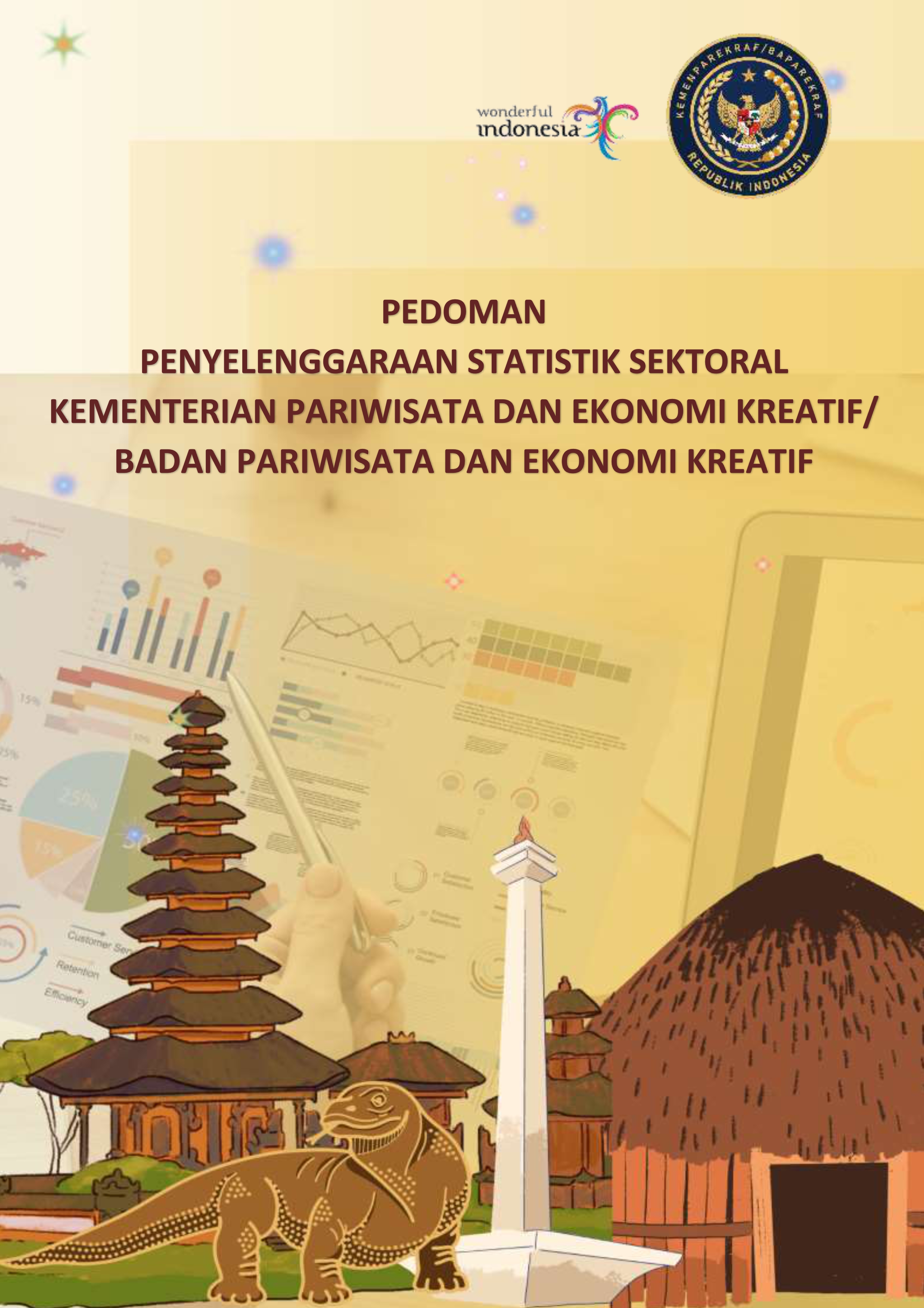V International Conference la ValSe-Food and VIII Symposium Chia-Link
The jumbo squid fishery in Peru is the second most important after the anchovy fishery. During its manufacturing process, only 50% to 60% of the total jumbo squid is used, thereby, the residues could be used to develop functional foods. Cañihua (Chenopodium pallidicaule Aellen) is an Andean pseudocereal from the highlands of Peru characterized by its high nutritional value. This work aimed to develop extruded snacks with protein hydrolyzed (PH) from jumbo squid by-product (JSBP) due to its high protein content, low price, and high availability. Four extruded snacks with corn flour (55%), rice flour (20% to 30%) and cañihua flour (15%) were enriched with PH from JSBP (4% to 10%) and developed using a twin-screw extruder. The extruded snacks were characterized by their physical properties (density, expansion ratio, water absorption index) and shelf life. The addition of PH from JSBP increased the protein content from 11.20% to 15.39%; ash content from 1.40% to 1.66% and fat content ranged from 1.10% to 1.18% compared to the control sample, the moisture content was from 4.46% to 5.81%. Also, the extruded snacks showed high phenolic concentration, 5633 μg GAE/g snack to 7315 μg GAE/g snack, high antioxidant activity, 698 mg trolox/g snack to 1274 mg trolox/g snack, high in vitro protein digestibility, 72.58% to 74.40%, and low acid index (0.095 mg KOH/g snack to 0.105 mg KOH/g snack) and peroxide index (0.00 meq O2/kg snack to 0.063 meq O2/kg snack), respectively. The snacks were accepted by the panel evaluators, complied with the Peruvian standard NTP-209.226 and microbiological requirements. Therefore, these snacks can be a healthier alternative product and satisfy market trends



